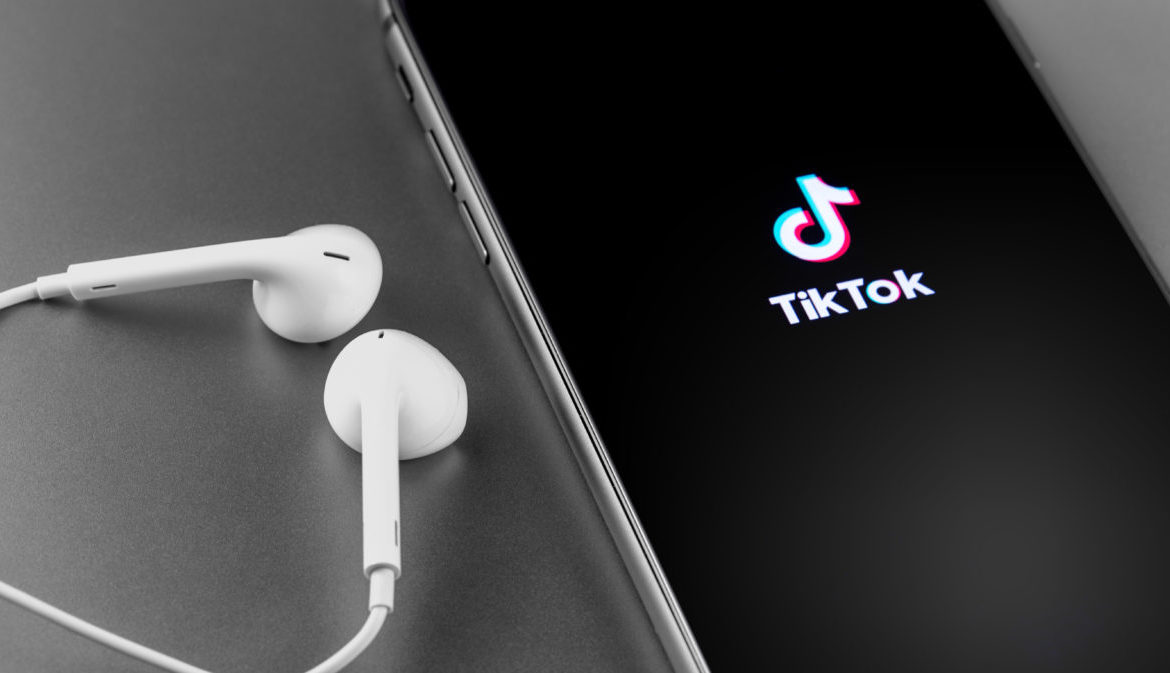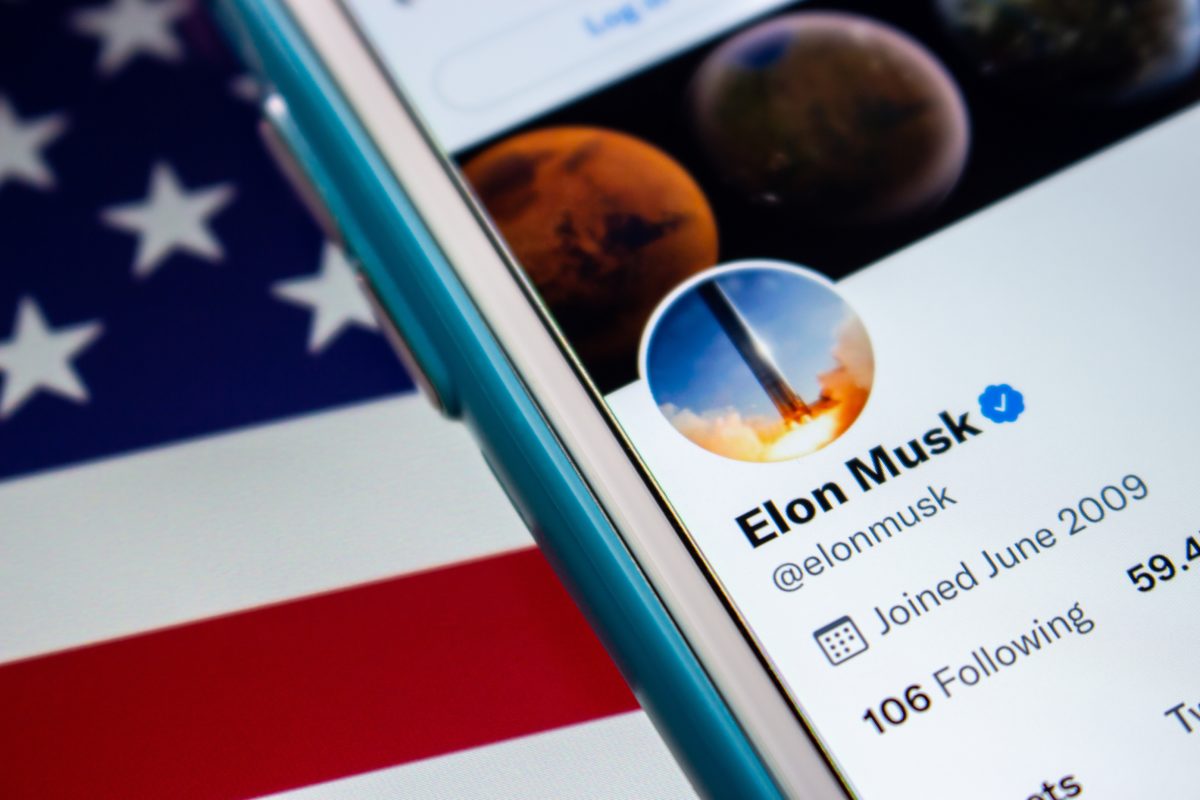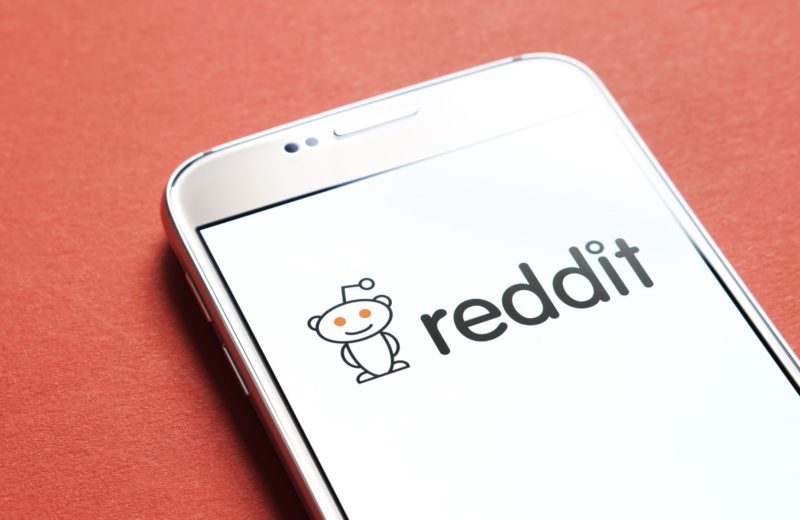Last August, TechCrunch reported that TikTok was working on its AR development platform ‘Effect House’. This will allow the creators to create AR effects with the TikTok video app. Effect House officially saw the light of day. Since last fall, the platform operated in close beta mode; It was tested by more than 450 creators who continued to publish their effects on the firm; Used in 1.5 billion videos, and gained over 600 billion views. The company is now opening beta access to encouraging further development.
The launch will give TikTok closer competition with both Meta and Snap; Roles also already have a range of tools that allow developers to create AR experiences and effects for relevant families of applications. Meanwhile, TikTok’s massive impact library is an integral part of today’s video service, helping creators create videos. The feature also allows creators to make their effects. Because of this, TikTok will be able to request the creation of even more videos.
Although the construction of Effect House tools may require some technical knowledge, the firm created a detailed set of documentation that teaches users how to use the platform to create specific types of effects. Examples include segmentation, face stretch, face mask, head tracker, 3D face, lighting, materials, shadows, and more.
In addition, the site has templates, online tutorials, and a knowledge lab where TikTok engineers will live in a demo on how to create a specific effect using Effect House. An already available demo shows the creators how TikTok created the TikTok “Bonk!” Effect and gives tips on how to do similar results.
TikTok Plans and Law
TikTok also published Effect House guidelines detailing additional rules beyond existing community guidelines that effect makers must follow. This explains why TikTok will not allow creators to post effects that promote colorism, negative stereotypes about protective groups that reflect cosmetic surgery, or those that help check someone else’s appearance.
The latter is an interesting choice from TikTok. The most popular filters and effects on the platforms are “Beauty Filters”. They smooth the skin, straighten jawlines, change facial areas, and add makeup. Growing feedback followed facial editing because filters’ impact affects consumers’ mental health. To most Americans, beauty filters are a nuisance.
Lawmakers, in particular, had an interest in how social platforms work and how young people see themselves as they observe bills to regulate the industry. Last year, they asked social media companies, including Snap, Instagram, YouTube, and TikTok, about issues such as the content of eating disorders. Likely, TikTok did not want to create an unnecessary minefield for potentially problematic creative effects. The app – already popular with young people – can serve people under 13.
Conclusion
The company says the effects will be safe. Because, of reviewing function, by its trust and security team to ensure that they adhere to the company policy before it is made public. If the company misses the infringing effect, the public can report it using the “Report Effect” feature. This calls on the team to reconsider its adherence to the Guiding Principles of Effect. The firm also says that if it finds that the effect is being used in a way that violates the guidelines, there will undoubtedly be an appropriate response. TikTok will hide some innovative products like depicting alcohol.
















